A House Divided at Colonial Williamsburg
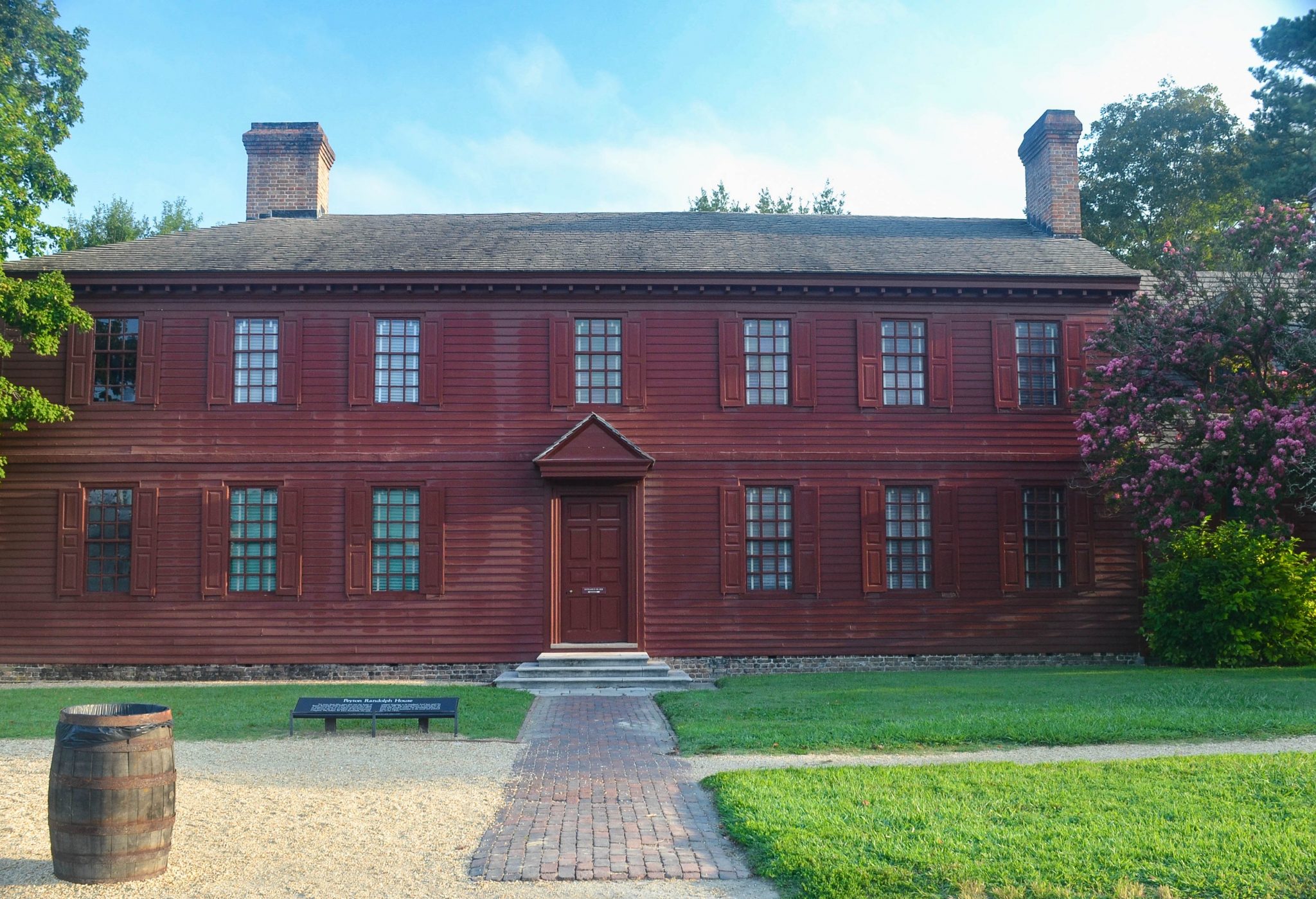
Like all cities, Colonial Williamsburg comes to life through its people. The most prominent family in Williamsburg were the Randolphs, in whose lives America’s bonds and battles with Britain played out. John Randolph (1693-1737) was the only colonial-born Virginian to be knighted for his services to the Crown.
His sons Peyton (c. 1721-75) and John (1727-84) studied at the nearby College of William and Mary and later practiced law. As the elder, Peyton inherited his father’s house, which became a hub for many of the colony’s most significant social and political gatherings. Its backyard shows the hard work necessary to sustain life, such as hog butchering, which occurs annually on the second Saturday of December. The house stands out in Williamsburg, in no small part because Peyton had it painted a dark red, so that it would look like expensive brick to his brother, who lived a bit further from the heart of town. Today it is open for tours.
Both brothers were politically moderate and hoped for reconciliation with Britain. Ultimately, Peyton sided with the colonists, while John sided with the Crown.
Political divisions made their mark in the lives of the Randolph women as well, who had less control over their outcome and their impact. In one Revolutionary City skit, John’s daughter Susannah complains to her mother Ariana that a shop-girl has criticized the family’s royalist sympathies.
In the end, the John Randolph took his wife and daughters to England, a country where they had never lived yet to which they remained loyal. His patriot son Edmund remained in America and served as an aide-de-camp to General George Washington.
Peyton Randolph died suddenly of a stroke in Philadelphia in 1775, never seeing the American colonies declare and achieve independence. His brother lived to see Britain’s defeat, and remained bitterly in England until his death in 1784.
Momentous events have profound effects on real people’s lives.

After my misspent youth as a wage worker, I’m having so much more fun as a blogger, helping other discerning travellers plan fun and fascinating journeys. Read more …

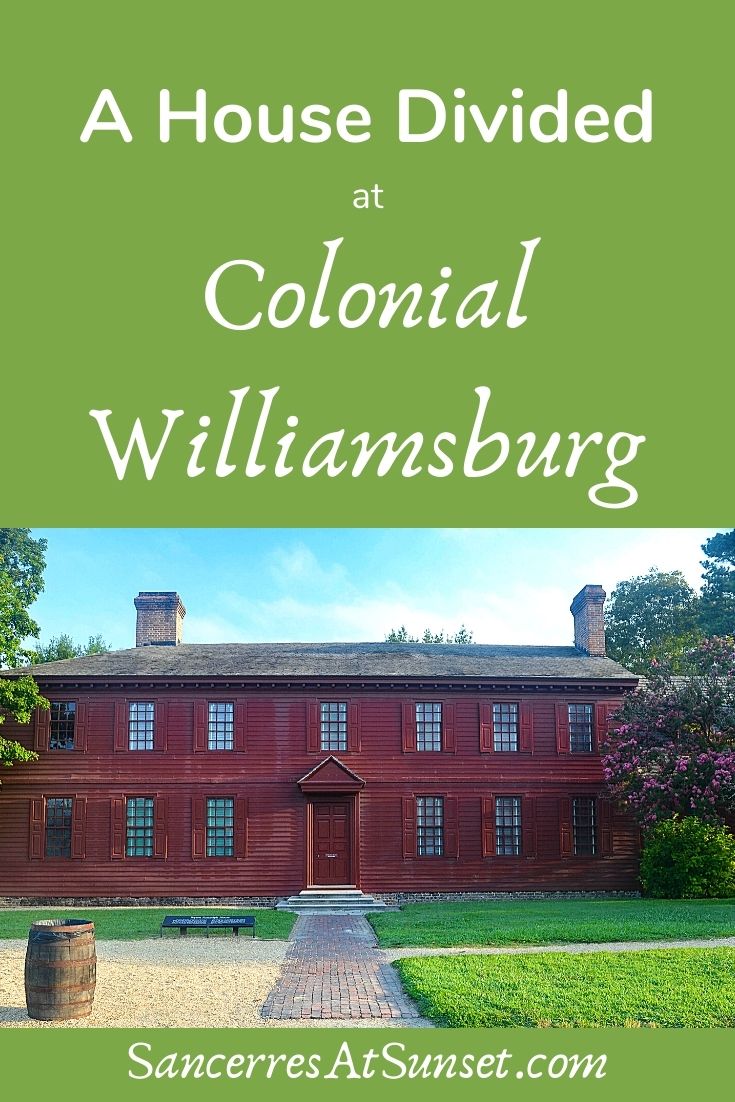
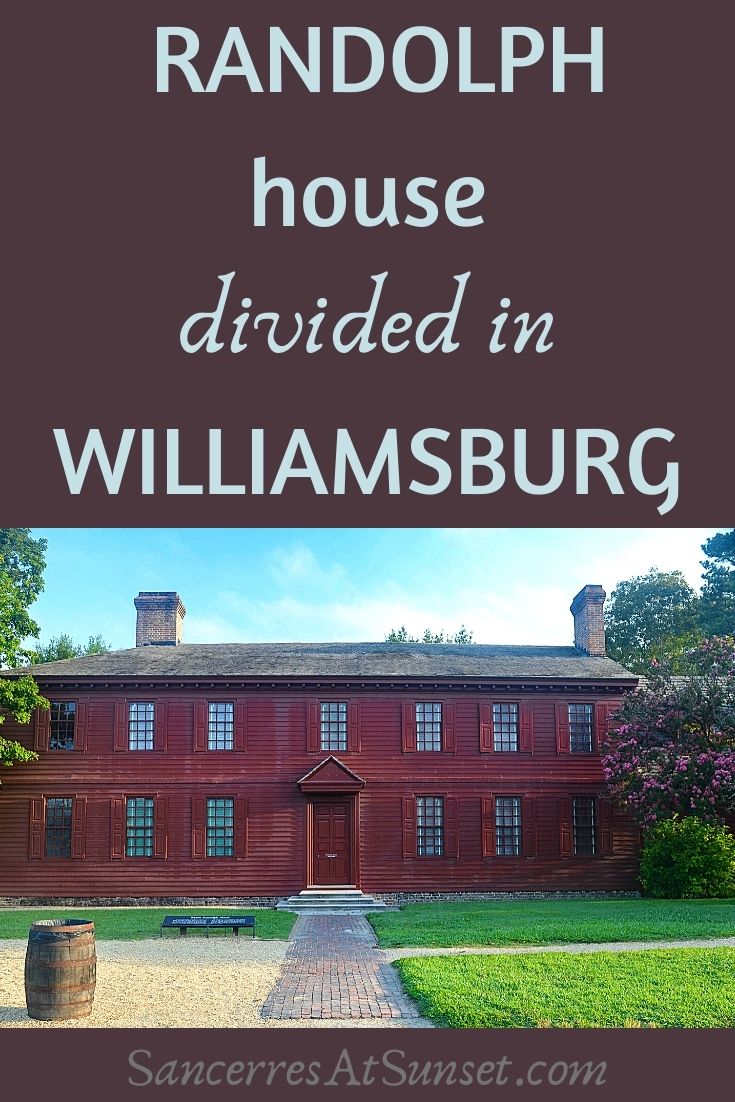

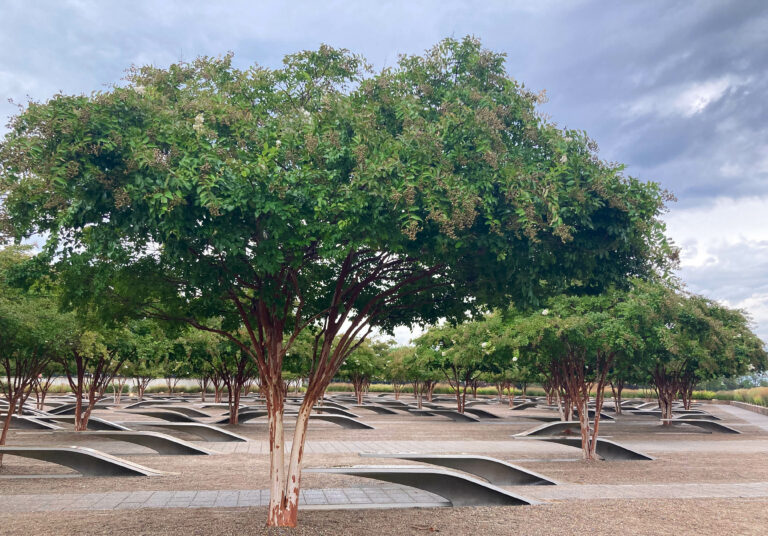
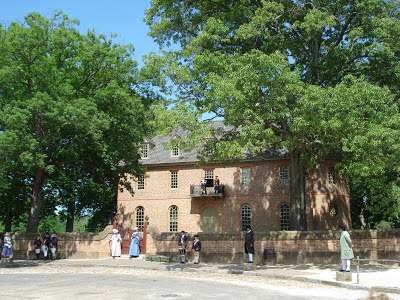


Leslie, Noted the lead to this post on your Twitter. I always enjoy reading about Colonial Williamsburg and the Yorktown area. We used to live in Yorktown area when I was a graduate professor for a nearby university. We loved the area and my wife would move back in a heart beat. We would drive to Colonia Williamsburg in the evenings and just enjoy walking and watching the visiting tourist. I heard that Colonial Williamsburg has increased their prices and local even now have to pay just to walk around. Hope prices haven’t gotten out of hands, a lot of locals likes to celebrate special occasions in Colonial Williamsburg. Thanks for the history lesson.
This is an interesting post. You should submit it at yearblook.com/submit.php. Yearblook is a competition to find each day’s best blog posts. At the end of the year, the 365 best posts (1 from each day) will be published in a book (a real, printed book, you will find it on Amazon).
Damn you, Leslie: I’m trying to leave 1776 and all that behind to move on to Civil War — then you write this and plunge me back into the Revolution! BTW, if you haven’t, read Washington’s Crossing: I made sure my son read it before he hit the streets of Baghdad — George was the master of insurgent tactics (and he rode my great, great, great…’s horse, Old Blueskin!